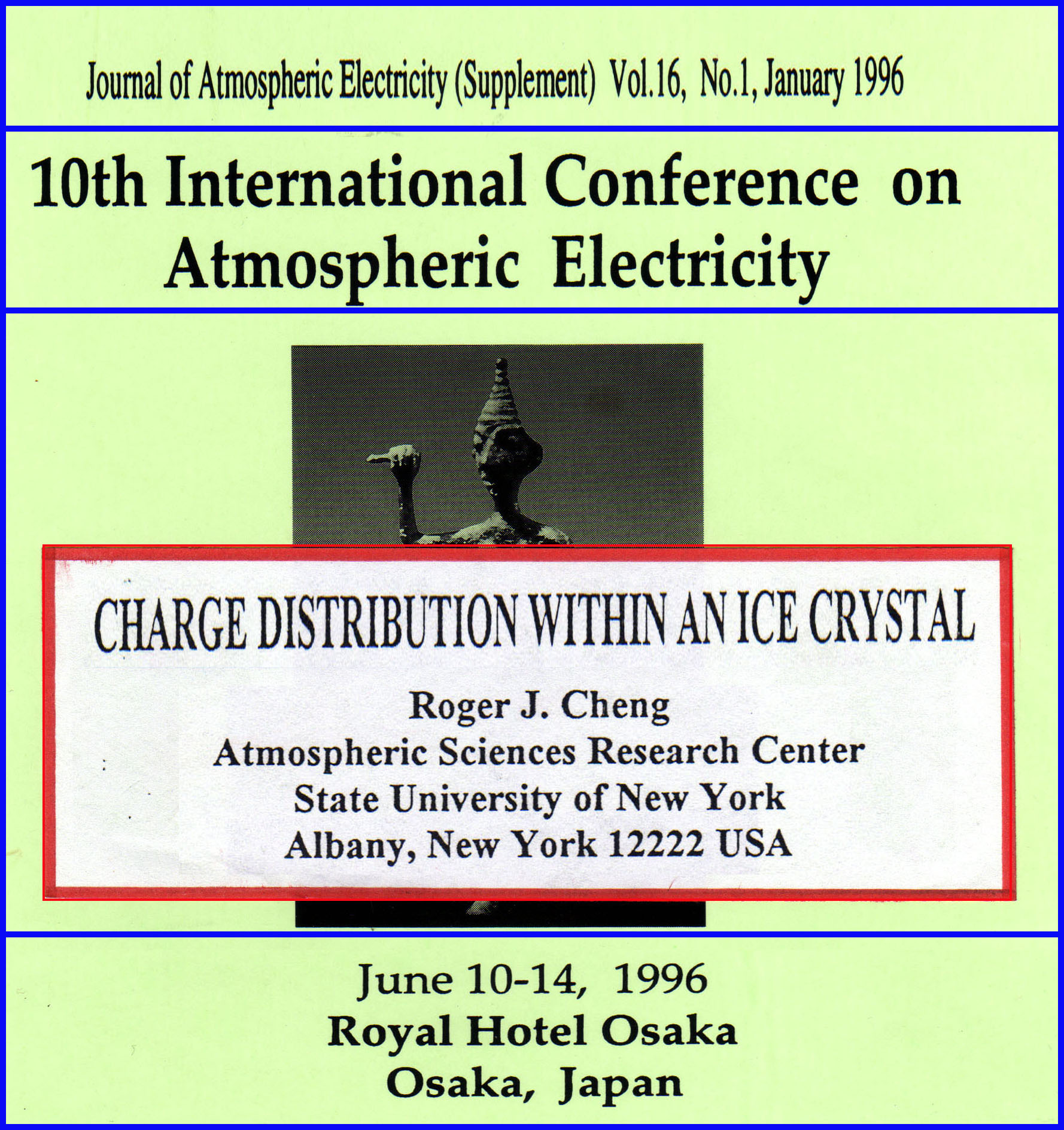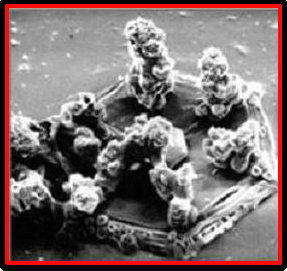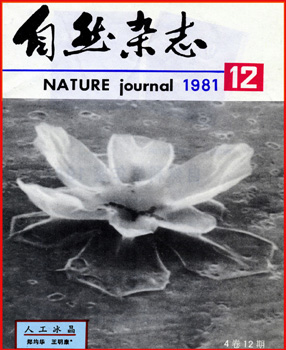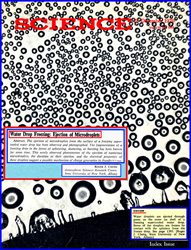 |
 |
|
CHARGE
DISTRIBUTION within
An ICE CRYSTAL
Roger J. CHENG-ASRC-SUNYA
Microscopic observations of individual ice crystals sampled from seeding experiments and from natural snow storms, especially from storms with thunder and lightning revealed that the clumping phenomena of ice crystals could be classified into the following categories (1) Two crystals joined in perpendicular form. (2) Frozen cloud droplets at the center of a plate type crystal, (3) Many frozen cloud droplets concentrated at the edge of a plate crystal (figure), and (4) Many frozen cloud droplets on the surface of an ice pellet. Close examination of the growth patterns of an ice crystal show a massive vapor deposition on (1) both ends of a columnar crystal, (2) outer edge of a plate crystal, and (3) surface of a frozen drop. Heat transfer measurements indicated that higher temperature is always located at the growing area of an ice crystal (Zheng 1995). Release of latent heat associated with crystal growth by diffusion of water vapor and by riming of cloud droplets results in a negative charge concentration near the warmer region of the ice crystal. The charge generation and distribution were determined by temperature gradient within the ice crystal in accordance with thermal electric effect (Workman .and Reynolds 1950). Laboratory study and field observation revealed that charge generation and separation within an ice crystal definitely occur in the state of growth. Many recent reports strongly indicate that the riming splintering mechanism - charge transfer during ice-ice particles collision, is unlikely to be a major factor responsible for charged ice particle generation in thunderclouds. The sublimational breakup of negatively charged massive ice fragments from frosty surface of ice particles in a state of growth (Schaefer and Cheng 1971) may open up a new pathway for further understanding the microphysical properties of ice in thunderclouds.
REFERENCES:
|
|||||||||||||||||||
|
|||||||||||||||||||
|
|||||||||||||||||||
 |

.jpg)




.jpg)

.jpg)




